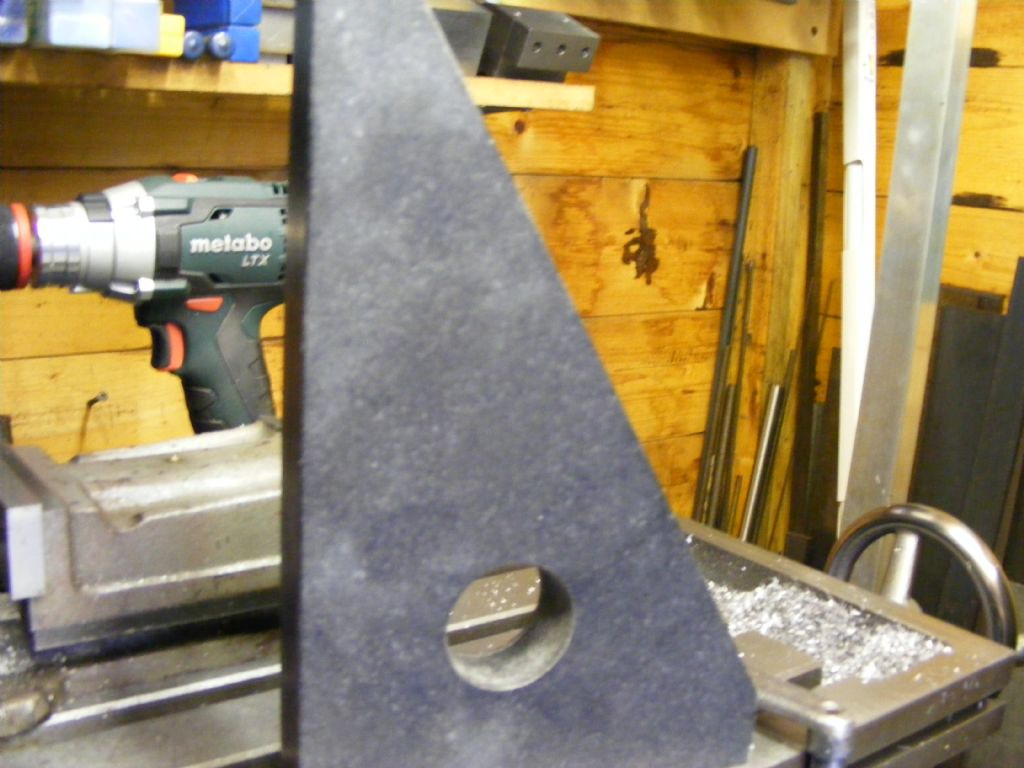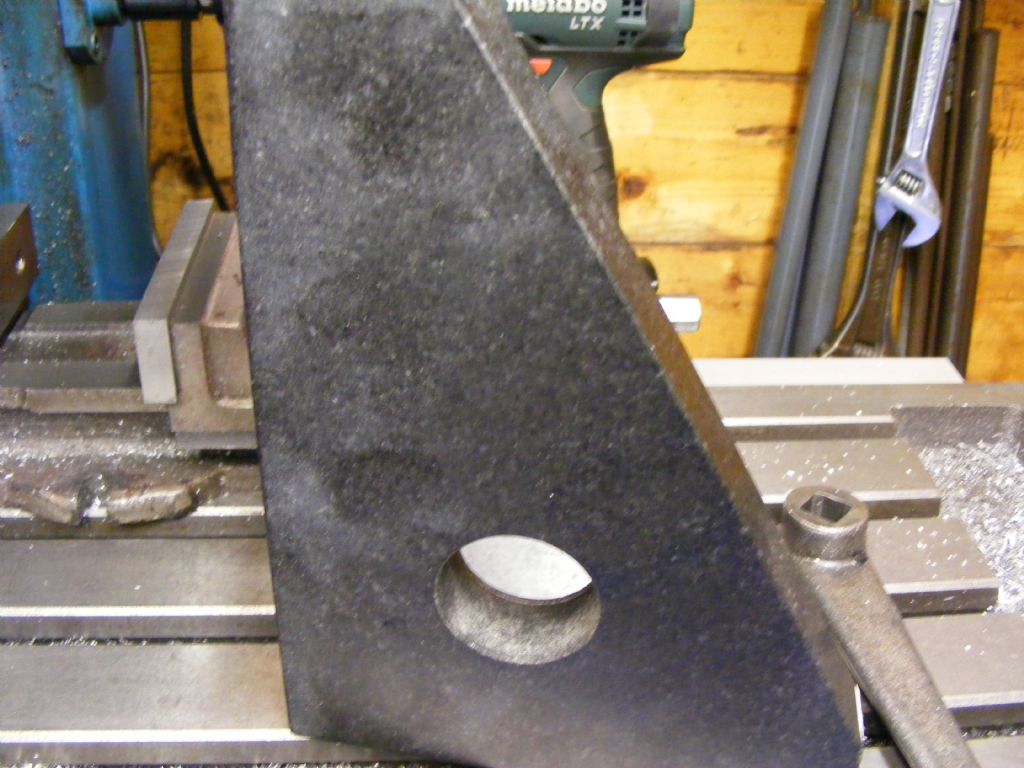Mill Squareness Checking – Odd results (Likely user error)
Mill Squareness Checking – Odd results (Likely user error)
- This topic has 23 replies, 10 voices, and was last updated 12 October 2016 at 21:17 by
Dan Carter.
Viewing 24 posts - 1 through 24 (of 24 total)
Viewing 24 posts - 1 through 24 (of 24 total)
- Please log in to reply to this topic. Registering is free and easy using the links on the menu at the top of this page.
Latest Replies
Viewing 25 topics - 1 through 25 (of 25 total)
-
- Topic
- Voices
- Last Post
Viewing 25 topics - 1 through 25 (of 25 total)
Latest Issue
Newsletter Sign-up
Latest Replies
- Which lubricator do I need
- Clock gear cutting needed or advice in setting up from scratch.
- 2 6 2 model steam train
- How to balance a cup grinding wheel
- Instrumatic Hardness Tester
- Simple chuck/faceplate threaded mount for mill table
- Amadeal lathes – Any good??
- Adcock And Shipley vertical milling head – worth anything?
- smokeless cutting oil
- Thread restorers






